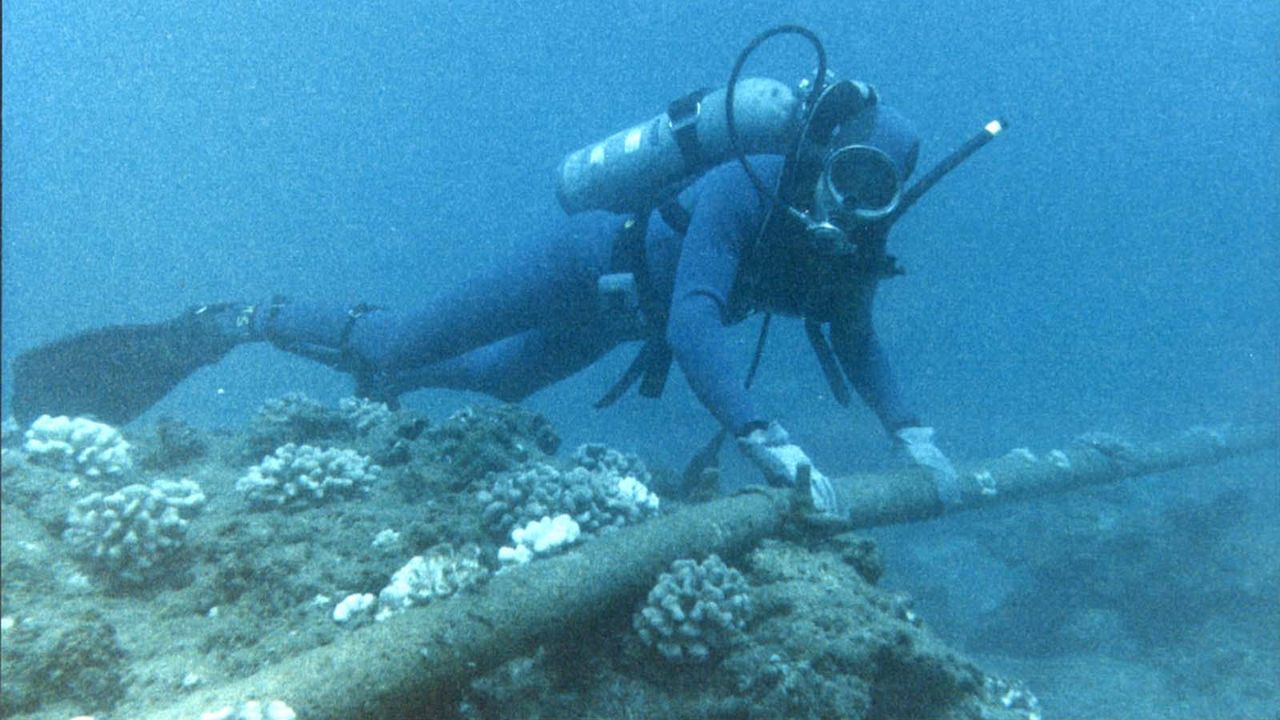
- Red Sea undersea cable delays are reducing global bandwidth in already strained regions
- Operators face dangerous conditions that prevent vital installation equipment from working safely
- High-risk waters are forcing telecoms to abandon long-planned deployment schedules
The ongoing instability in the Red Sea has created serious obstacles for tech giants and undersea cable operators, which now face prolonged pauses in construction as security threats complicate every stage of deployment.
Cable-laying vessels require predictable access, stable waters and political authorization, but these conditions are no longer present in an area where conflict has disrupted routine maritime activity.
Companies involved in major systems expected to link Europe, Asia and Africa have confirmed that critical segments of their infrastructure cannot move forward because their ships and crews cannot operate safely.
Critical projects lose momentum
Meta’s 2Africa system and Google’s Blue-Raman project remain the most visible examples of stalled work, with sections of the Red Sea still incomplete despite years of planning and major investments.
Operators responsible for additional cables, including India-Europe-Xpress, Sea-Me-We 6 and Africa-1, have been unable to complete their planned routes, creating a bottleneck in a corridor that historically handled large volumes of global data traffic.
These delays add pressure to countries that rely on limited cable routes and continue to experience slower speeds and higher prices.
Telecommunications groups are now evaluating land routes through Bahrain, Saudi Arabia and Iraq in a bid to avoid the Red Sea entirely; ironically, routes that were once dismissed as too expensive or politically complex.
Some companies are exploring the possibility of applying for waivers from the US Treasury Department, which would allow them to negotiate directly with Yemeni authorities to obtain permits for cable-laying operations.
Others have discussed whether support from international security organizations may be necessary to ensure safe access for installation and maintenance vessels.
The delays have created wider operational challenges, with traffic shifting to alternative systems that were not designed to support prolonged excess demand.
This congestion affects business services that depend on stable international routes, especially organizations that depend on commercial broadband connections for their daily operations.
Capacity shortages also complicate disaster recovery plans because sudden detouring creates additional reliance on cloud backup networks that must absorb unexpected loads.
Countries with the fewest cable links remain the most vulnerable because they lack the redundancy needed to withstand prolonged outages.
These conditions suggest that the likelihood of new outages will increase if geopolitical risks continue to block construction across the region.
Via Bloomberg
Follow TechRadar on Google News and add us as a preferred source to receive news, reviews and opinions from our experts in your feeds. Be sure to click the Follow button!
And of course you can also follow TechRadar on TikTok for news, reviews, unboxings in video form and receive regular updates from us on WhatsApp also.



